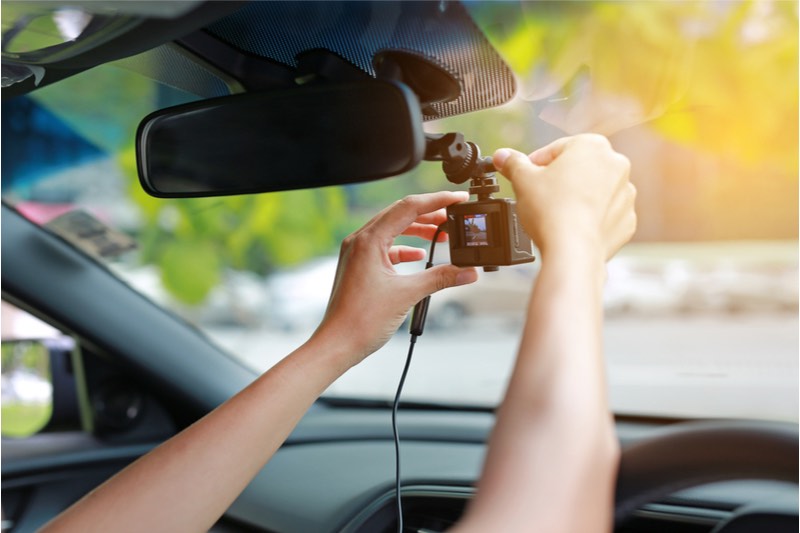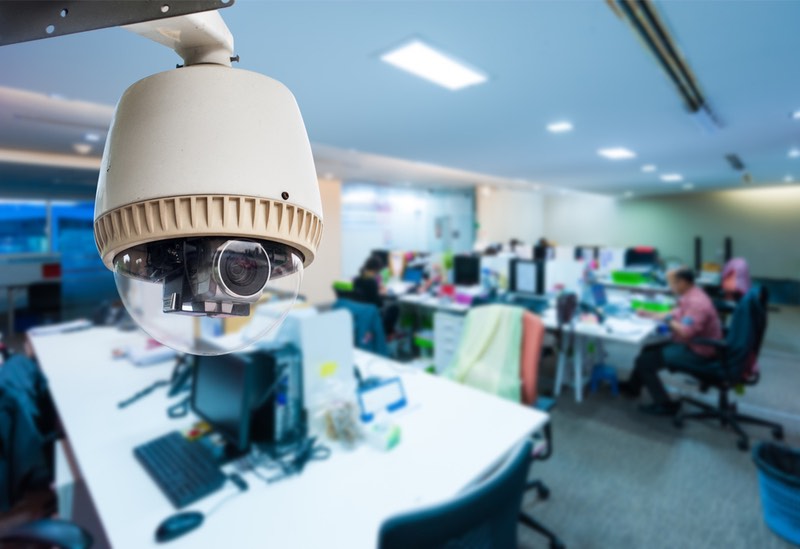Tel: 020 8520 1021. Email: david.dolties@cch-solicitors.com
Tel: 020 8520 1021.
Email: david.dolties@cch-solicitors.com
Insights
While you may think that capturing footage of an incident will be enough to ensure you win a personal injury claim, there are other considerations apart from the footage itself that need to be taken into account.
With so many of us now roaming the streets carrying all sorts of tech in our pockets, purses and even strapped to our body, there's never been an easier time to validate the story of claimants and defendants. However, the courts are very different from the more personal court of showing footage of an incident to a nodding and sympathetic family member or friend.
Evidence has to be tested and, as such, it has to be able to stand up to the rigour of examination from both judges and opposing parties. Footage captured on personal devices – such as smartphones or dash cams – is no different. Even though you may think that the footage should make the incident clear to a judge, there are many other things to consider that could see your footage totally dismissed from usage in a case. Knowing what these rules say in advance could not only save you money on chasing a futile claim, but could help you prepare for any potential incidents in the future.
The first consideration to be made regards the quality of the footage being presented. Not all cameras and microphones are alike. Some are very advanced and have been released not just in the past year, but even during the past few months; some are very old and provide a much more unreliable picture at a lower resolution.
The quality of your tech could end up being a crucial aspect of a personal injury claim. Court staff and judges expect footage to be of a good quality resolution so that all of the pertinent details are evident. There should be absolutely no doubt as to what has transpired in the footage. Introducing sub-standard footage to a claim that only confuses could even end up damaging your case. Even if the incident looks clear to you, keep in mind that you were the person who experienced it and, as such, have a memory to fill in the blanks of the footage; others will not see it the same way that you do.
This is why it is important to consider upgrading your tech every few years. Older dash cam technology and older CCTV systems may not offer the clearest output or resolution when compared to more modern systems, nor will they offer the same level of data as newer systems (see below).
Additionally, while footage of the camera shaking from an apparent bump and a proceeding shouting match are all interesting titbits that can help build a more complete picture of events as they happened, this is going to be far less helpful than catching the actual incident on camera as it happened.
Any footage of an accident that occurs is always far more helpful when it includes all the data relevant to the case. When dealing with a road traffic accident (RTA), it helps if it shows not only the time and date of the incident – allowing statements to be easily cross-checked – but if it also shows data such as the speed you were driving at during the time of the accident. If there is built-in GPS data, then this can help pinpoint exactly where the accident happened. While none of this information seems particularly useful, it helps any judge verify your statement and ensures that your story appears credible and factual.
In the event of a workplace accident, or an accident in a public place, similar details can also be helpful. However, you need to be sure that the footage isn't going to ensure that your statement is left without credibility. For example, if you say that you were working understaffed and you were rushing around before you fell at work, it's not going to look good if the footage is timestamped from when after the store had been shut. Footage can be advantageous to establishing the truth against insurers, but only if you are telling the truth in the first place.
Body cams, often used by people in security roles (such as bailiffs), and headsets (such as GoPro) may also be helpful in establishing the truth of an incident – especially if there are no other witness to rely on, nor any other footage or data, other than the word of you and another party.
Footage is generally only accepted in the courts if it can be proven that the footage has not been tampered with in the intervening time since the incident. While cloud technology can be helpful in acting as a digital 'fingerprint' of the footage's legitimacy, older technology – such as tapes – will always come under scrutiny to ensure they haven't been doctored.
This is why it's important to have a clear and transparent process that you follow when it comes to the storage and retention of footage. If a CCTV system's output is stored to a hard-drive, you'll want to ensure that hard-drive is securely stored. If you use a body cam, you'll want to ensure that you have a process for retaining footage that can be easily followed and traced. It is not unheard of that a party with access to the footage will try to have it doctored and thereby render it inadmissible.
In Australia, footage of a former police officer – who had medically retired after alleging corruption in his local force – got into a verbal altercation with a former colleague who he had criticised. This argument was captured on CCTV and did not paint the retired officer in good light. However, a video professional found several gaps and interruptions in the footage that, in their professional opinion, suggested that the video errors indicated intentional manipulation of the original footage.
This is why it is so important to have a process that you regularly follow to secure and store footage – especially if you are the claimant.
There is a common misconception – thanks to the availability of capture technology and the widespread use of social media – that you can just about record and upload anything to the internet. While this may help you win a trial by public opinion, it's not going to help you win a trial by court.
 Footage must meet stringent requirements to be permissible in court. Should the footage fail this test, then it cannot be used – no matter if it shows the incident or not. One big hurdle for the use of footage comes from the Data Protection Act (DPA). This law stipulates that we all have expectations of privacy. As such, it needs to be clearly signposted that you are operating CCTV around a property. As long as the footage is used for the purposes of protecting your home and not for other means, this is generally fine.
Footage must meet stringent requirements to be permissible in court. Should the footage fail this test, then it cannot be used – no matter if it shows the incident or not. One big hurdle for the use of footage comes from the Data Protection Act (DPA). This law stipulates that we all have expectations of privacy. As such, it needs to be clearly signposted that you are operating CCTV around a property. As long as the footage is used for the purposes of protecting your home and not for other means, this is generally fine.
Additionally, dash cams, CCTV and body cameras do fall under the 2018 General Data Protection Regulation (GDPR) that relates to the storage of personal data. This may have potential ramifications regarding, for example, a personal injury claim resulting from an incident on a business premise or one that is captured while using a company car.
If you are an employer or an employee, it's worth knowing that employees must be notified that there is CCTV in operation on business premises – as set out in the Protection of Freedoms Act 2012. If you do want to access security footage from your workplace to help with a personal injury claim, you can do so by Subject Access Request (SAR). You have a legal right to this footage. Your employer must reply within a 40 day limit.
Keep in mind that if a recording fails any of these standards, or the courts do not think it is worth their time or money to investigate the feasibility of the footage, then it may not be considered as part of the claim.
The success of a case can hinge on footage or recordings so it's very important that you work with personal injury claim solicitors that will do everything they can to make sure that your case, and any footage, is presented in the best possible light to ensure that you get the justice that you deserve.
CCH & Co. has years of experience in handling successful personal injury claims from RTAs, to falls and slips, to injuries at the workplace or from faulty goods, and much more, we'll do everything in our power to secure you a successful result for your case. Just call or email us today to get the ball rolling so that you can get what is rightfully yours. Contact us today in confidence on: 020 8520 1021..


